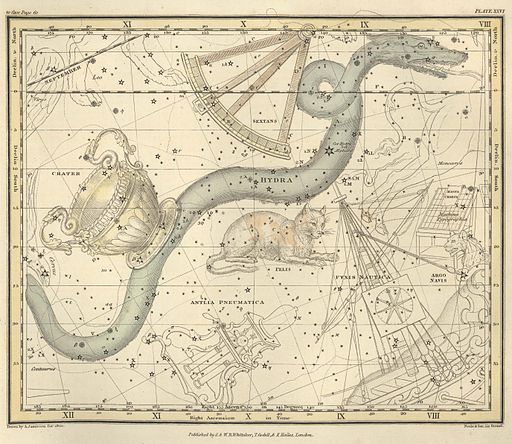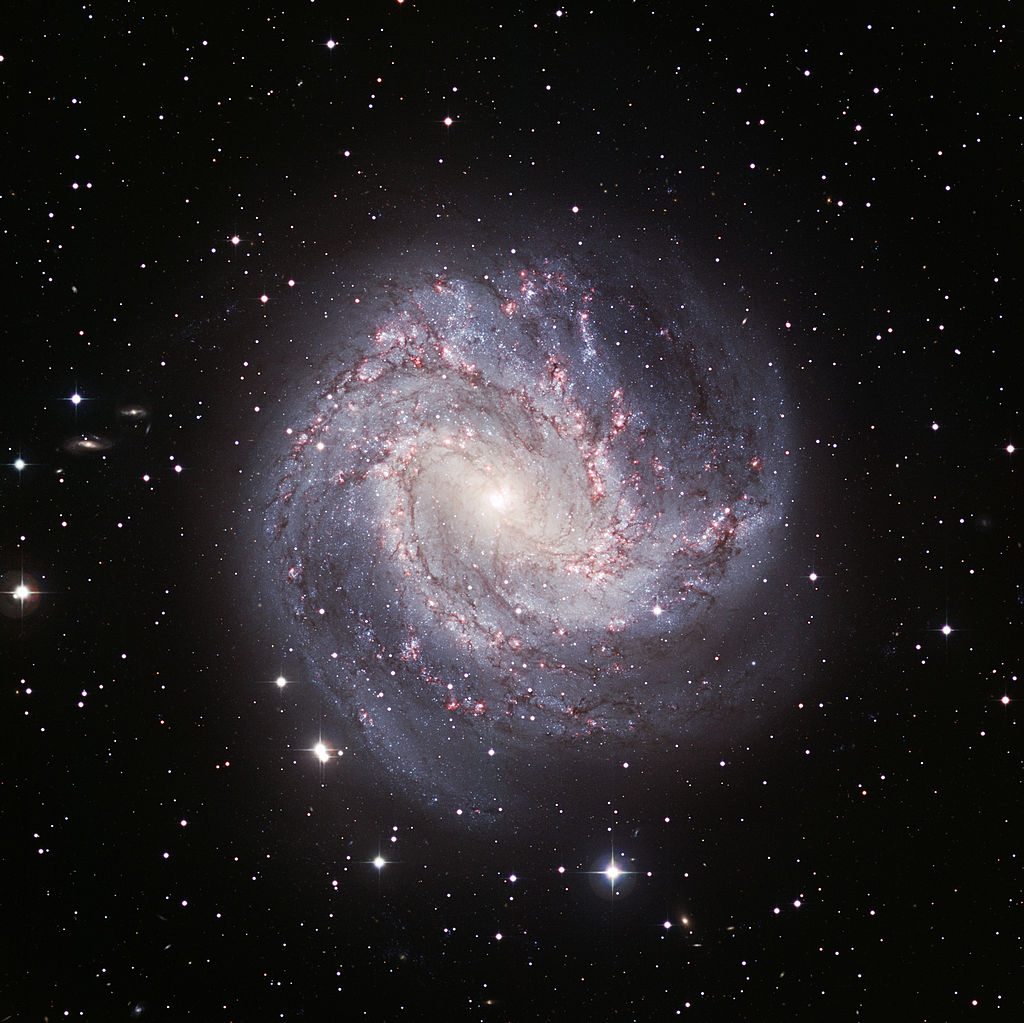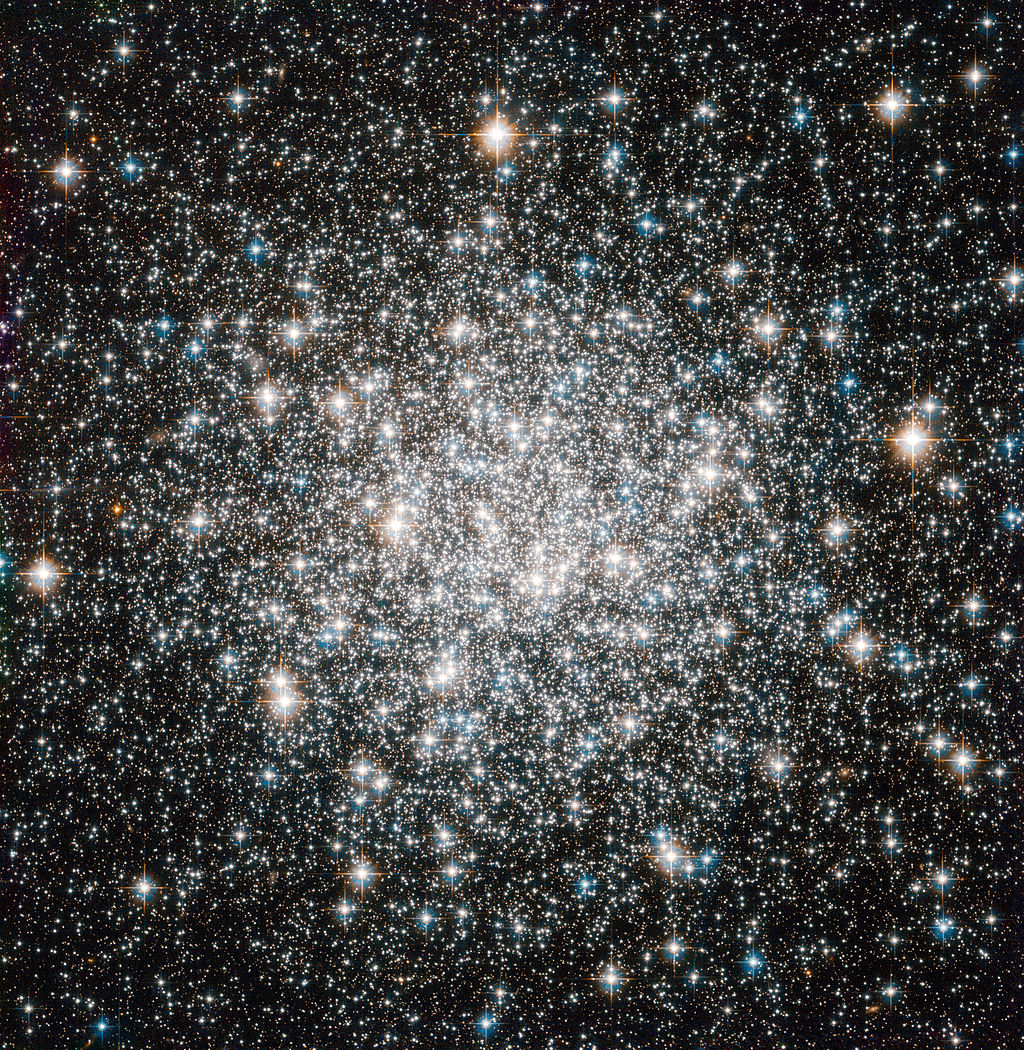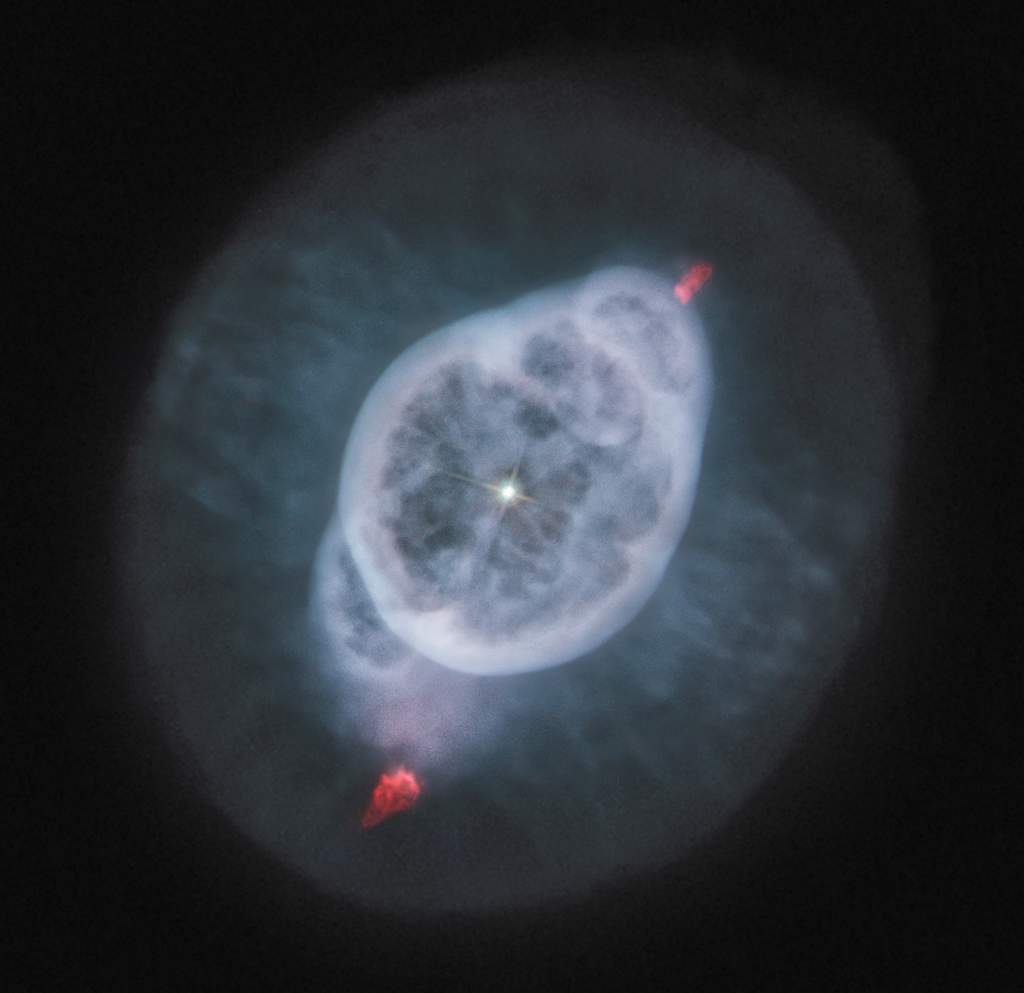
By IAU and Sky & Telescope magazine (Roger Sinnott & Rick Fienberg) [CC-BY-3.0], via Wikimedia Commons
"The Female Water Snake"

By IAU and Sky & Telescope magazine (Roger Sinnott & Rick Fienberg) [CC-BY-3.0], via Wikimedia Commons
Abbreviation: Hya
Genitive: Hydrae
Position: Equatorial
Best seen: April at 21:00
Constellation family: Hercules
Nearest constellations: Antlia, Cancer, Canis Minor,
Centaurus, Corvus, Crater, Leo,
Libra, Lupus, Monoceros, Puppis,
Pyxis, and Virgo
Right ascension: 10.12h
Declination: -19.36°
Visible between latitudes: +60° and -90°
Square degrees: 1303
Luminary: Alphard (Alpha Hydrae)
Named stars: Alphard, Dhanab al Shuja, Hydrobius
Notable deep sky objects: M48, M68, M83 (Southern Pinwheel Galaxy)

By Alexander Jamieson (United States Naval Observatory Library) [Public domain], via Wikimedia Commons
Hydra is the largest (and the longest) constellation, covering over 3% of the night sky. It is visible throughout much of both hemispheres and is best seen in April.
The northernmost star in Hydra is Epsilon Hydrae, which is a quintuple star system where five individual stars orbit each other.
In Greek mythology, Hydra represents a dragon killed by Hercules (or Heracles) as one of his Twelve Labors. Hydra had multiple heads (ranging from nine to one hundred, according to different sources), including one that was immortal, and the monster would regrow two heads for everyone one head cut off in an attack. Hercules defeated Hydra by burning the stumps of the heads he removed, which prevented new ones from forming. He buried the dragon's one immortal head beneath a rock.
M83 (Southern Pinwheel Galaxy):

By ESO [CC-BY-4.0], via Wikimedia Commons
NGC 3314 (pair of overlapping galaxies; the galaxies appear to be colliding but one is just in front of the other):

By NASA, ESA, the Hubble Heritage (STScI/AURA)-ESA/Hubble Collaboration, and W. Keel (University of Alabama) [CC-BY-3.0], via Wikimedia Commons
M68 (globular cluster):

By ESA/Hubble & NASA [CC-BY-3.0], via Wikimedia Commons
NGC 3242 ("The Ghost of Jupiter", planetary nebula):

By Judy Schmidt [CC-BY-2.0], via Wikimedia Commons
NGC 4980 (spiral galaxy):

By ESA/Hubble & NASA [CC-BY-3.0], via Wikimedia Commons